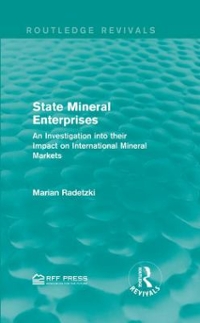Answered step by step
Verified Expert Solution
Question
1 Approved Answer
read the following article and answer the question: Supply Issues Account for Half of Surge in US Inflation, Study Says Supply constraints, exacerbated by Russia's
read the following article and answer the question: Supply Issues Account for Half of Surge in US Inflation, Study Says Supply constraints, exacerbated by Russia's war in Ukraine this year, account for about half of the surge in US inflation, with demand currently making up a third of the increase, according to new research from the Federal Reserve Bank of San Francisco. "These results showing that factors other than demand account for about two-thirds of recent elevated inflation highlight some risks for the economy," Adam Hale Shapiro, an economist at the San Francisco Fed, wrote in a letter published Tuesday. "Because supply shocks raise prices and suppress economic activity, the prevalence of supply-related factors raises the risk of entering a period of low growth and elevated inflation levels." Driving Inflation: Supply issues account for half of the recent rise in prices: Shapiro analyzed over 100 categories of goods and services in the personal consumption expenditures price index over a more than 30-year period. Any category that experienced both price and quantity above or below its predicted value based on historical patterns was labeled as "demand driven," while a category where the two moved in opposite directions was labeled "supply driven," in line with the traditional relationship that supply and demand has on prices. Categories where either values were close to zero were labeled as ambiguous. Those accounted for the remainder of the contribution to the acceleration of inflation. The PCE price index rose 6,6% in March from a year earlier, the most since 1982. Economists and policy makers have debated what has contributed to the outsize gains, with some saying that bloated stimulus bills contributed to a surge in consumer demand, while others claim that forces outside of the domestic economy are the main drivers. The PCE price index rose 6.6% in March from a year earlier, the most since 1982. Economists and policy makers have debated what has contributed to the outsize gains. Some say bloated stimulus bills contributed to a surge in consumer demand, while others point to supply-chain disruptions and labor shortages as the main drivers. Russia's invasion of Ukraine earlier this year has further driven up food and energy costs. Lockdowns in China are further exacerbating supply-chain disruptions that first became problematic as the economy started to emerge from the pandemic. Consumption in the US has remained robust, bolstered by elevated savings. In Shapiro's analysis, supply-driven factors are contributing 2.5 percentage points more than their pre-pandemic average to inflation, compared with 1.4 percentage points more for demand-driven factors. Supply and demand factors contributed roughly equal amounts to the acceleration of core PCE inflation, Shapiro found. Provide 2 personal takeaways from this news article. what points resonate with you? what are the key points that you find important?" or "what was you surprised to learn? why do you agree/disagree with this 'part of the' or the whole article?" Also, feel free to provide your opinion(s), share your experience(s) as part of your takeaways
Step by Step Solution
There are 3 Steps involved in it
Step: 1

Get Instant Access to Expert-Tailored Solutions
See step-by-step solutions with expert insights and AI powered tools for academic success
Step: 2

Step: 3

Ace Your Homework with AI
Get the answers you need in no time with our AI-driven, step-by-step assistance
Get Started


